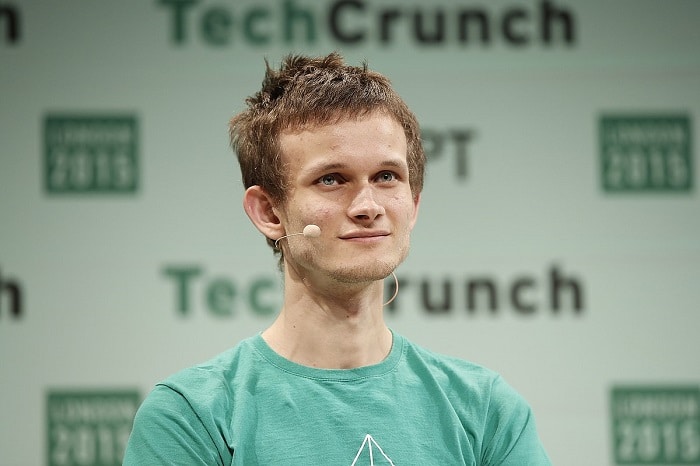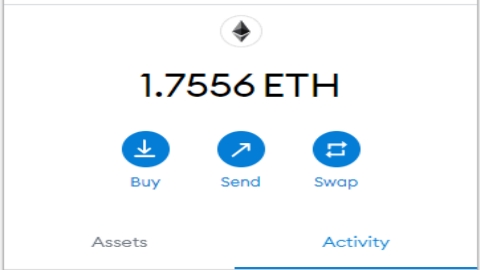Key facts:
The programmer, recognized for his TenX project, had warned about the vulnerability of The DAO.
The DAO hack had serious consequences that threatened the continuity of Ethereum.
The journalist specializing in cryptocurrency and blockchain issues, Laura Shin, said she had identified the hacker who perpetrated one of the largest attacks in the history of the ecosystem. This is the embezzlement of the most ambitious Ethereum project in 2016, The DAO.
Shin, who is a senior contributor at Forbes, published an article summarizing the results of a journalistic investigation that led her to conclude that the programmer Toby Hoenisch would be the author of the attack. The journalist pointed out that Hoenisch denied his participation in the event, but, despite offering to provide details to refute his findings, he never sent them.
Toby Hoenisch is an Austrian programmer, whose name was heard in the cryptocurrency ecosystem as the co-founder and CEO of the startup TenX, based in Singapore. It is a project that focused on instant bitcoin payments with credit cards, which managed to raise USD 80 million of capital through Initial Coin Offerings (ICO) in 2017. The project fell after confronting problems with providers of Visa cards, bad administrative movements, and the development of second layer solutions.
What The DAO Was About
The DAO project, an acronym for Decentralized Autonomous Organization, was the first attempt to materialize this concept, devised by Vitalik Buterin. In his original definition, Buterin outlined them as organizational structures that can be created and executed without depending on a central entity in a decentralized platform like Ethereum.

The startup German Slock.it was responsible for the launch of The DAO, an organization that managed to raise more than USD 100 million in 15 days through the collective financing model, known as crowdfunding.
The DAO was attacked in the early hours of June 17, 2016, when the hacker exploited a vulnerability in the project’s smart contract, which allowed him to subtract 3.64 million ether (ETH), the Ethereum token. At the time, the amount of stolen ether was valued at about $60 million. However, at today’s price it is an amount close to $10 billionaccording to the CriptoNoticias price calculator.
As Laura Shin narrated, the theft resulted in a great controversy within the Ethereum community, once the main developers, with Vitalik Buterin at the head, decided to fork the cryptocurrency’s block chain to invalidate the transactions corresponding to the hack. This risky action questioned the immutability of the Ethereum blockchainone of the characteristics inherent in the nature of a cryptocurrency.
The dissidents of said movement remained in the original chain, and created a new project called Ethereum Classic (ETC). The ether stolen in the hack remained on the new chain, in the form of the ETC token. According to Shin, Ethereum leaders expected the chain to die, but it never happened.
the findings
Laura Shin said she came across multiple data related to The DAO hacking case while doing research for her book The Cryptopians: Idealism, Greed, Lies, and the Making of the First Big Cryptocurrency Craze. The Cryptopians: Idealism, Greed, Lies, and the Creation of the First Great Cryptocurrency Craze.
The findings mentioned by the journalist include multiple transactions that mobilized the loot, now in ETC tokens. The hacker would have sent the amount to the ShapeShift exchange, converted a part into Bitcoin, used coinjoin to anonymize the coins, sent BTC to a wasabi wallet address, and even acquired private coins such as Grin, among other complex web of movements.
Blockchain analysis companies such as Coinfirm and Chainalysis were involved in the investigation, according to Shin. The journalist pointed out that one of the decisive findings to link Toby Hoenisch with the hacker’s movements came precisely from the Chainalysis investigation.

a privacy-focused Bitcoin wallet. Source: Wasabi Wallet/ Github
“Chainalysis demixed Wasabi’s transactions and traced its output to four exchanges. In a final and crucial step, an employee of one of the exchanges confirmed to one of my sources that the funds were exchanged for the Grin privacy coin and withdrawn to a Grin node called grin.toby.ai.”
Laura Shin wrote.
The journalist pointed out that the username «toby.ai» is the same used by Toby Hoenisch as CEO and co-founder of TenX, including in the process of raising capital for the project through an ICO in 2017. Hoenisch «used the identifier @tobyai on AngelList, Betalist, GitHub, Keybase, LinkedIn, Medium, Pinterest, Reddit, StackOverflow, and Twitter,” the researcher noted.
Shin said Hoenisch wrote to him in an email that “his statement and conclusion are factually inaccurate,” but rather than argue in his defense, he ignored four “requests for details, and additional fact-checking inquiries.” Ultimately, Hoenisch deleted “almost all of her Twitter history,” the communicator said.
